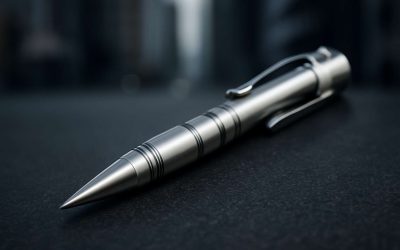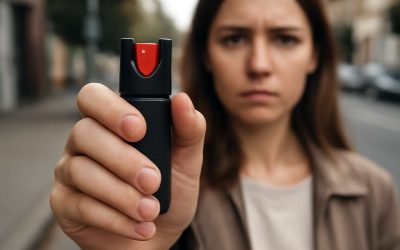
Self defense is a legal right that permits people to use force in order to protect themselves from harm. It is a defense against charges of assault and homicide and is a valuable tool for protecting oneself from dangerous situations.
However, in order to be eligible to claim self defense, the defendant must have a reasonable belief that the action is necessary to prevent or deter an upcoming injury or threat of harm. The law is complicated, however, and different jurisdictions have different rules about when and how much force can be used in self defense.
Generally, a threat of violence that is likely to cause great bodily harm is justifiable in self defense, as long as the person has a reasonable belief that it is necessary. However, this is only true if the threat is immediate, active, and certain.
In most cases, the victim’s self defense force must be equal to the threat level of the aggressor. For example, if a person is being threatened with a knife, the defending party might be able to use a stun gun or a pepper spray.
If a person is attacked by a large grown man who aggressively acts, the defending party might be able claim self defense if they feel that the threat of physical harm is imminent. This is called the castle doctrine.
An individual who uses deadly force in a self-defense situation may face criminal charges for murder, but may also be charged with manslaughter. In some cases, a defendant can be convicted of a lesser crime, such as aggravated assault, if they act with imperfect self-defense.
In some cases, a person can claim self defense if they withdraw from an attack before the person becomes violent. Although many jurisdictions have removed this requirement, they have still kept a rule that requires an attempted escape before lethal force can be used.
While the exact details of the laws vary from state to state, the most common rules regarding self defense are the same. Self defense is only justified when the defender has an objectively reasonable fear of imminent injury, and the amount of force used is proportionate to the threat.
A reasonable individual in Wanda’s position would feel that she needed to use deadly force to stop Nicholas’s sexual assault. Her perception of the pending threat of harm could be bolstered by evidence of battered women’s syndrome, or evidence of a reasonable belief that she has no way of getting away from the assault.
When a defendant is arguing self defense, he or she must be able to prove the claim. The district attorney’s office will analyze the evidence to determine if the defendant was a reasonable individual.
A defendant can be convicted of a crime if the force used is not justifiable in self-defense, such as resisting an unlawful arrest. Other laws, such as “stand your ground,” can be confusing. Ultimately, the court will evaluate the facts of the case to determine if a defendant’s actions were a reasonable response to an alleged threat.



0 Comments